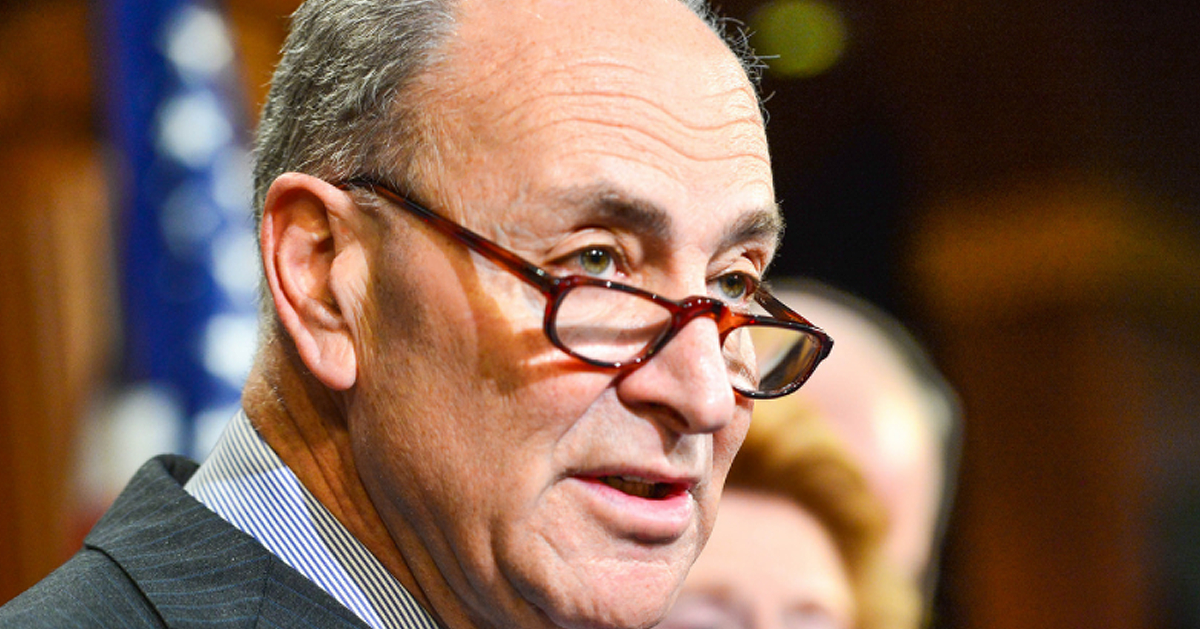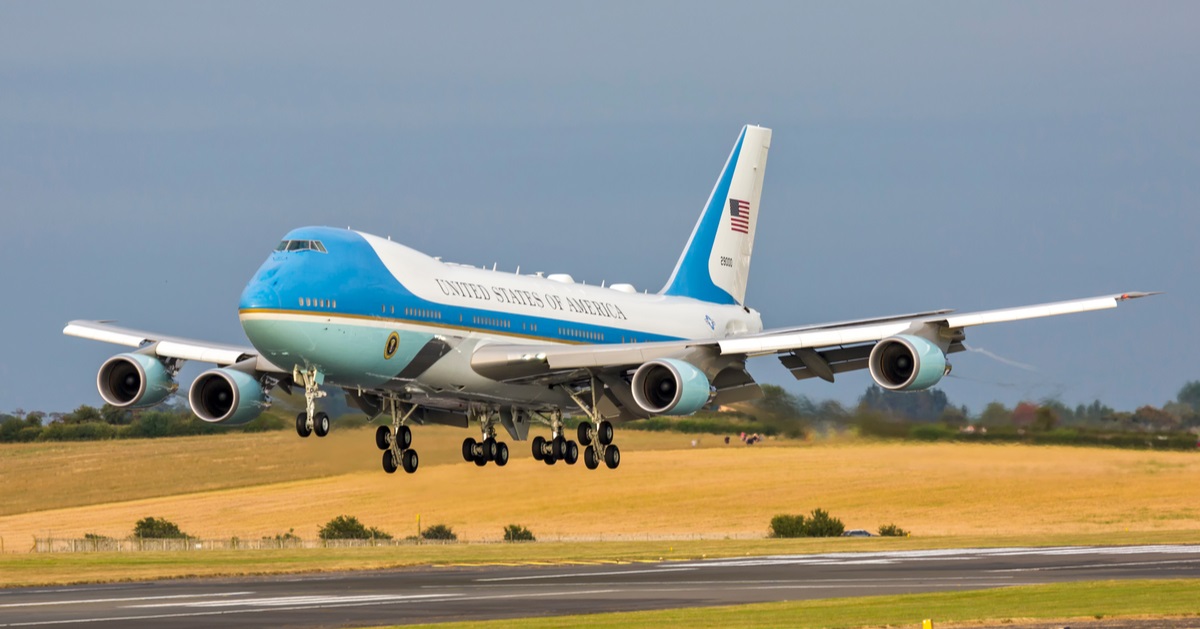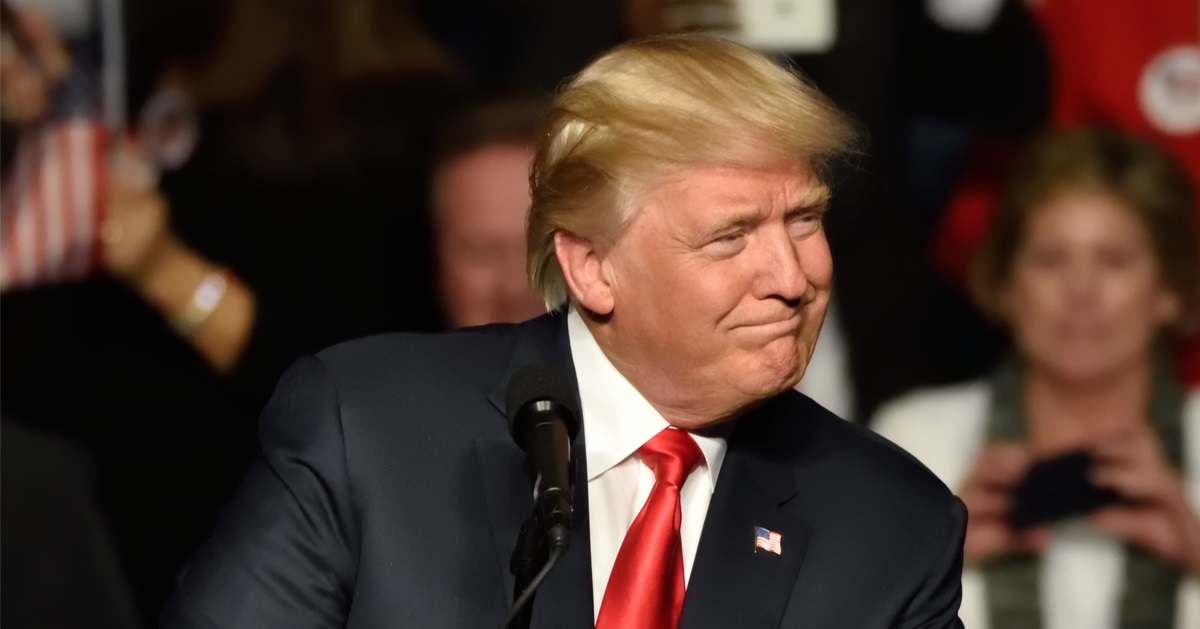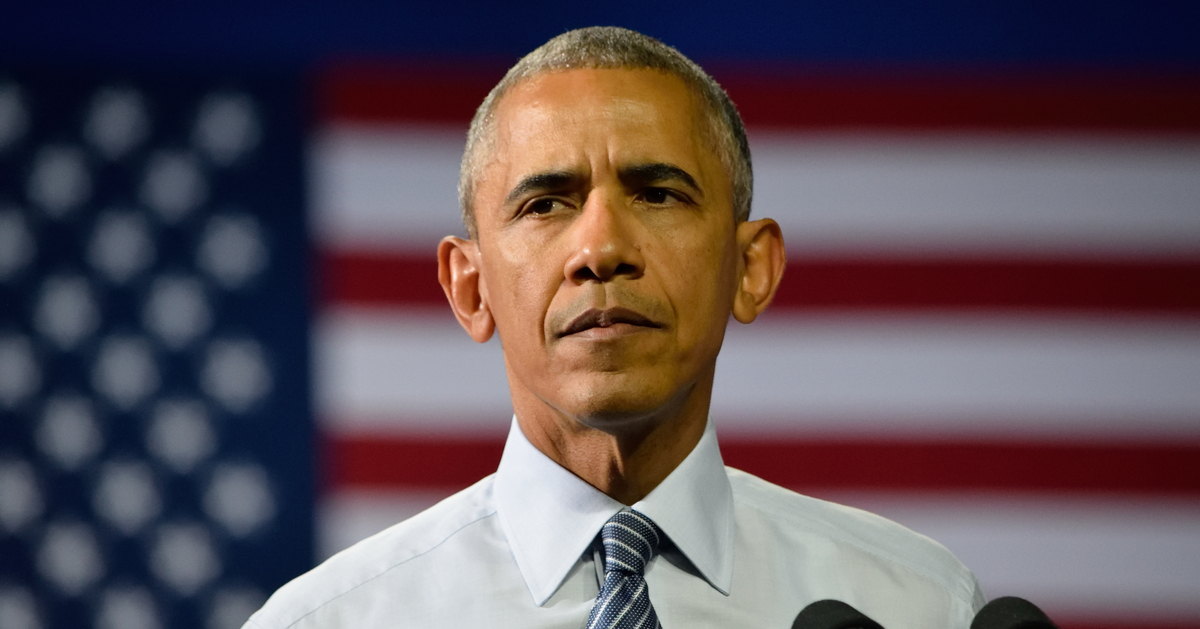What to know about the FEMA overhaul
In the wake of severe storms in the Southeast and wildfires in California, President Trump has expressed his desire to reform the Federal Emergency Management Agency.
States and towns affected by natural disasters such as hurricanes, tornadoes, floods, drought, and earthquakes are supposed to receive assistance from FEMA, the Daily Mail reported.
During the fall, during the final stretch of the election year, Hurricane Helene struck. Trump questioned the agency's reaction and propagated false information that its funding was going to migrants or foreign wars.
The efforts of FEMA were supported by the Biden administration at that period. President Joe Biden signed a large spending measure into law last year, which included a $100 billion restocking of the federal disaster aid fund.
Disaster in California
However, the cost of the fires in California is projected to rank high among the most costly natural catastrophes in the United States. The state previously allocated $2.5 billion to recovery efforts.
An anonymous source said that Trump addressed the question of whether FEMA should maintain its current level of assistance to states during a meeting with Republican leaders in Congress this week.
The president implied that he would cut off help to California and claimed that "FEMA is getting in the way of everything" in a recent interview with Fox News.
Democrats Response
Congressional Democrats have sharply criticized the president’s threats to withhold federal disaster aid.
Conservatives have previously suggested reducing the amount that states are reimbursed for preventing and responding to disasters.
Misperceptions about FEMA’s role in disaster recovery are abundant, including what it does — and does not — pay for and what residents in impacted areas can expect.
What FEMA Funding Originates
A catastrophe relief fund and an operating budget are both maintained by FEMA. In order to pay for recovery efforts after disasters, Congress restocks the fund annually. Reconstruction efforts following natural disasters and initiatives to fortify communities against such disasters are both funded by FEMA.
In times of national emergency, the fund serves as a sort of bank account. It is used by the federal government to pay back the states and municipalities for things like debris removal, road reconstruction, and firefighter overtime.
Additionally, it contains funds for the locals, ranging from $750 for urgent needs to $42,500 for certain homeowners without insurance to reconstruct.
The federal government will only step in when a calamity is more severe than what a state or local government can manage. It is in such a situation that a governor or tribal chief petitions the president to declare a state of emergency.






